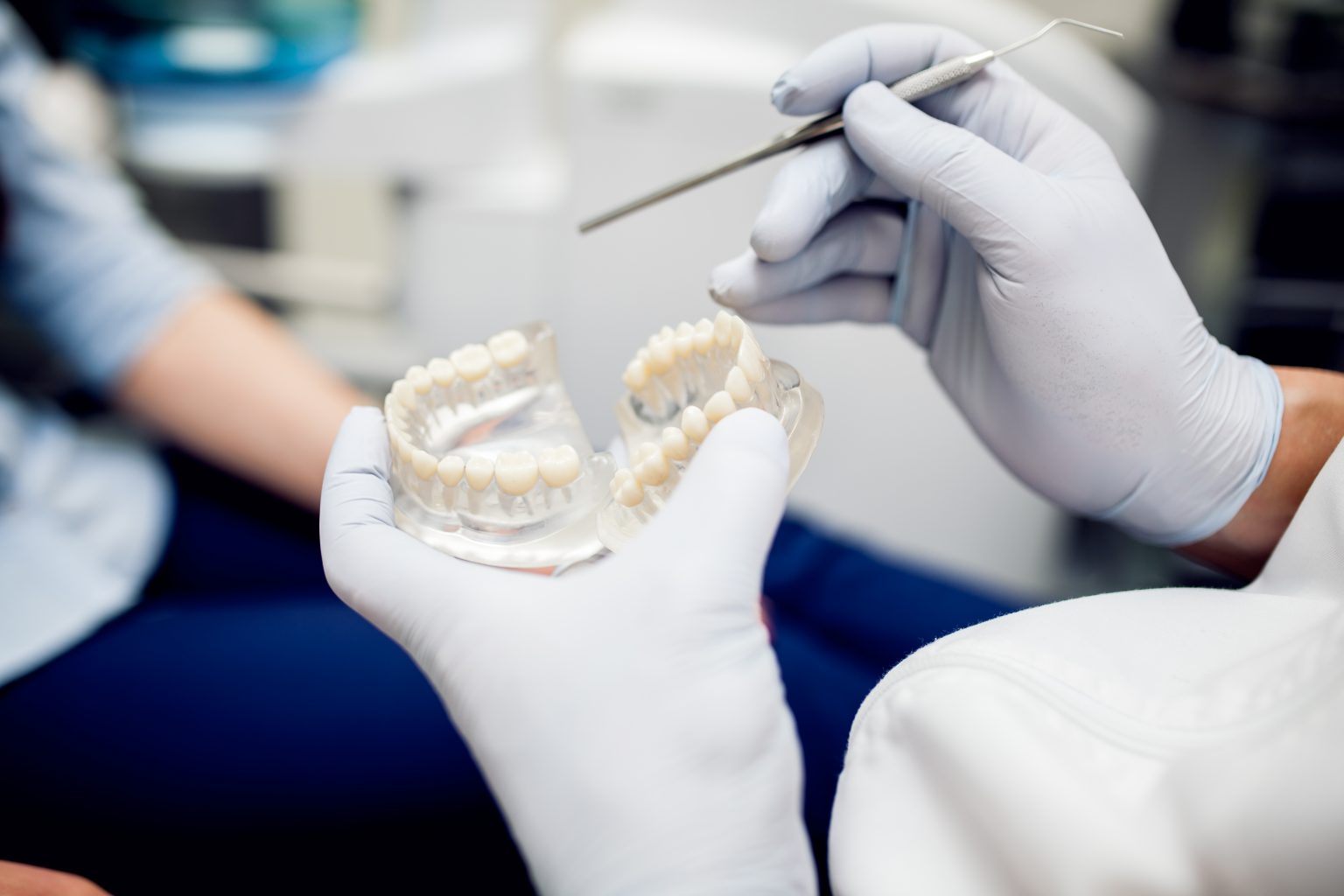Orthodontic treatment is vital for achieving a straight and healthy smile, and the varieties of braces available today offer varied options to accommodate varying patient demands. Half ceramic, half metal braces are a well-liked option that strike a compromise between practicality and style. This tutorial looks at the several types of metal braces that are available as well as half ceramic, half metal braces.
Braces made of half ceramic and half metal
The advantages of conventional metal braces and ceramic braces are combined in half-ceramic half-metal braces. The following are some salient characteristics:
Aesthetic Appeal: Compared to conventional metal brackets, the ceramic brackets used in this combination are usually less obvious because they are either tooth-colored or clear. Adults and teenagers who would rather appear more subdued while undergoing therapy will find this feature particularly appealing.
Strength and Durability: Metal braces are more robust than ceramic braces, but the hybrid design of half-metal, half-ceramic braces provides better longevity. By adding to the braces’ total strength, the metal parts guarantee efficient tooth movement.
Effective Treatment: A variety of orthodontic problems, such as crowding, spacing, and misalignment, can be effectively treated with half ceramic, half metal braces. This combination enables effective modifications and best possible therapy results.
Comfort: The minimal amount of discomfort is a goal of these braces. The smooth surfaces of ceramic brackets can lessen cheek and gum irritation, improving the comfort of orthodontic treatment.
Customized Care: Based on each patient’s unique requirements, orthodontists can create custom treatment plans that target particular dental issues. These programs can include half ceramic, half metal braces.
Types of Braces Made of Metal
For many years, metal braces have been the gold standard in orthodontics. Different types of metal braces are available to meet different needs and preferences. The following are the main types of metal braces:
Conventional Metal Braces: Conventional metal braces are made of wires and brackets made of stainless steel. They work incredibly well to cure a variety of orthodontic conditions, like as bite difficulties, overcrowding, and spacing. Their affordability and robustness make them a popular choice.
Self-Ligating Braces: These braces do not require elastic bands since they employ a unique clip to hold the wire in place. Because of this design, teeth may move more freely and there is less friction. With self-ligating braces, like the Damon system, patients typically have fewer orthodontist visits and shorter treatment timeframes.
Gold Metal Braces: With a gold covering, gold metal braces resemble conventional metal braces. Because gold is less prone to produce allergic responses, they provide an attractive choice for people who wish to stand out or who have a metal sensitivity.
Ceramic Braces: These braces are mostly composed of ceramic, but they are aligned with metal wires. When compared to traditional metal braces, they offer a less noticeable solution, making them acceptable to people who prefer aesthetics. However, they may require more care to prevent staining.
Lingual Braces: Lingual braces are unnoticeable from the front since they are bonded to the rear of the teeth. For anyone looking for a discrete orthodontic solution, this is the best choice. They might take longer to get used to, though, and they might be harder to clean.
In summary
Achieving a healthy smile requires selecting the appropriate type of braces. For many people, half ceramic half metal braces are a great option since they combine strength and beauty. Comprehending the diverse types of metal braces that are accessible may aid patients in making well-informed choices regarding their orthodontic therapy. To ensure the greatest fit for your needs, see an experienced orthodontist before deciding between classic metal braces and hybrid solutions like half ceramic, half metal braces.

